
Chilean Flamingo
Phoenicopterus chilensis
Chilean Flamingo (Phoenicopterus chilensis) is a large South American wader ···

Fiordland penguin
Eudyptes pachyrhynchus
I. Species OverviewThe yellow-browed penguin, a member of the genus Eudyptes···

Great crested grebe (Podiceps cristatus)
Table of ContentsPhysical CharacteristicsHabitat and EnvironmentBehavior, Li···

Pelicans
Table of ContentsPhysical CharacteristicsHabitat and EnvironmentBehavior, Li···

Great Blue Heron (Ardea herodias)
Ardea herodias
Species Scientific ClassificationThe Great Blue Heron (Ardea herodias) is cl···

Anhinga melanogaster
Darter,Snake Bird
The Black-bellied Snake Darter (scientific name: Anhinga melanogaster, forei···

Microcarbo pygmaeus
Microcarbo pygmaeus,Pygmy Cormorant
The Pygmy Cormorant (Microcarbo pygmeus) is a seabird of the family Cormorid···

Phalacrocorax capillatus
Phalacrocorax capillatus,Temminck et Schlegal,Japanese Cormorant
The dark green-backed cormorant (Phalacrocorax capillatus, Temminck et Schle···
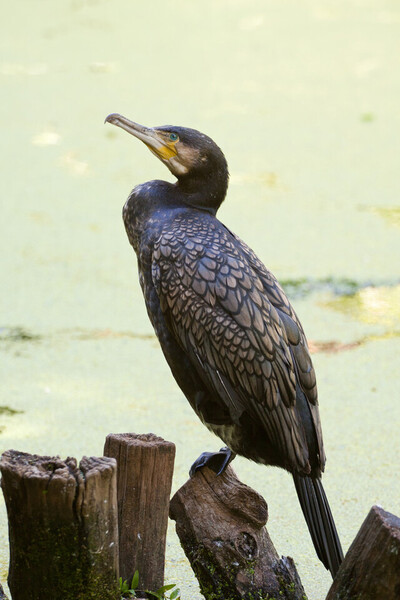
Phalacrocorax carbo
Great Cormorant,Black Shag,Cormorant,White-breasted Cormorant,Heron, river cormorant, water crow, osprey, 鷧 (pronunciation meaning), black ghost, black fish man
The cormorant (scientific name: Phalacrocorax carbo), also known as heron, r···

Ardeola grayii
Indian Pond-heron, Indian Pond Heron, Indian Pond-Heron
The Indian Pond Heron (Ardeola grayii) is a medium-sized wading bird, a smal···
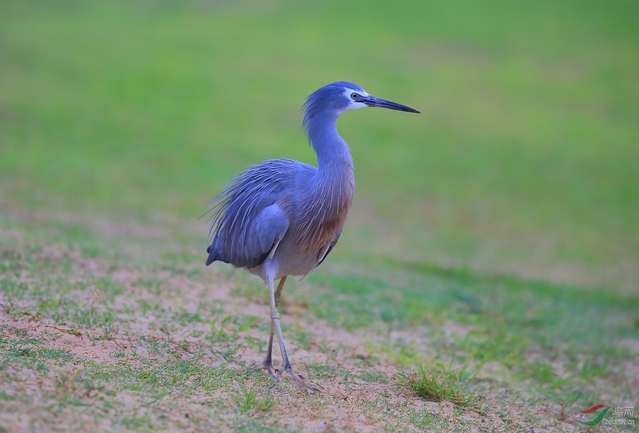
Egretta novaehollandiae
Egretta novaehollandiae,White-faced Heron,White-faced Heron
The white-faced heron (Egretta novaehollandiae), also known as the white-fac···
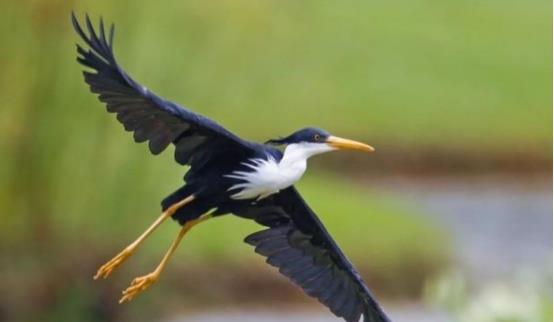
Egretta picata
Egretta picata,Pied Heron
The spotted egret (Taiwanese white-necked black egret) (scientific name: Egr···
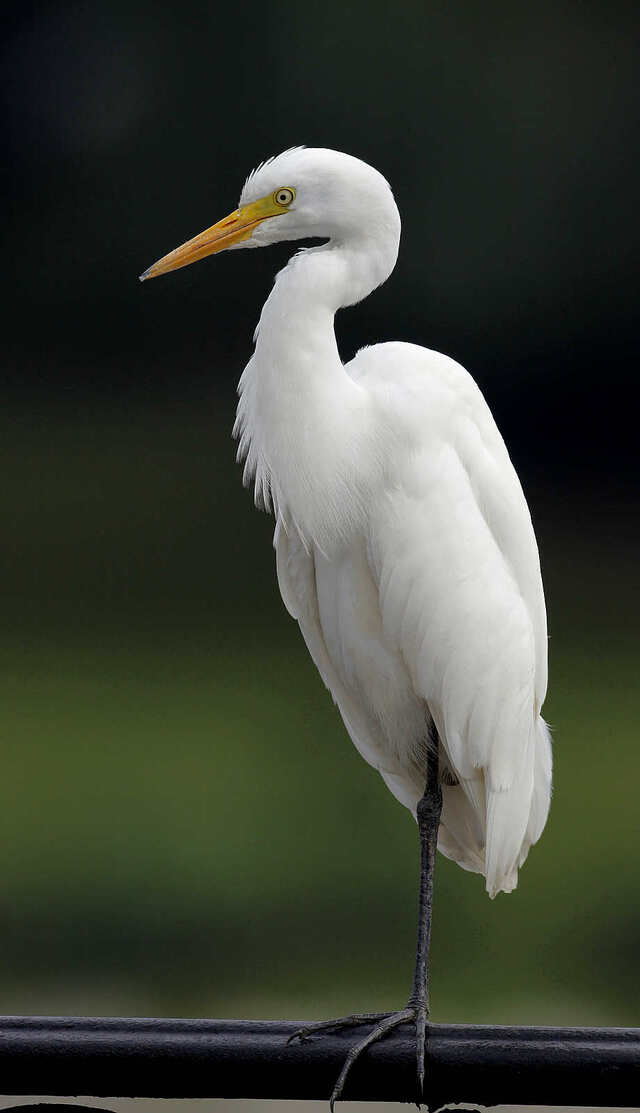
Ardea intermedia
Intermediate Egret,Yellow-billed Egret。Plumed Egret,Mesophoyx intermedia、Egretta intermedia
Ardea intermedia (scientific name: Ardea intermedia) is a bird of the genus ···
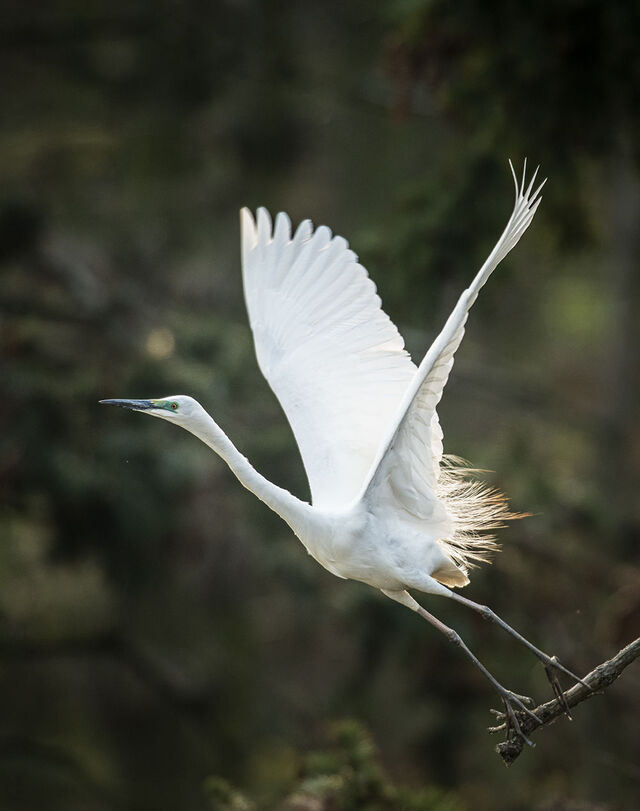
Ardea alba
Ardea alba,egret, heron, white floating bird, winter village, great white crane, white crane heron, white village, snow guest
The great egret (scientific name: Ardea alba) is a bird of the genus Egret i···
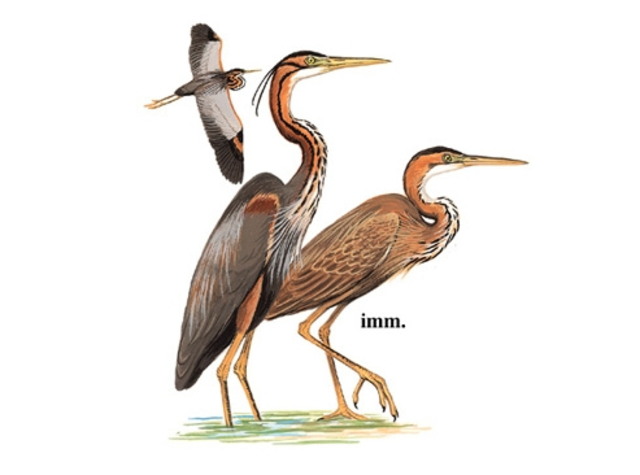
Ardea purpurea
Purple Heron、Purple heron, flower cellar horse, wood heron, long-necked heron
Ardea purpurea is a species of heron in the Ardeidae family. It is also know···
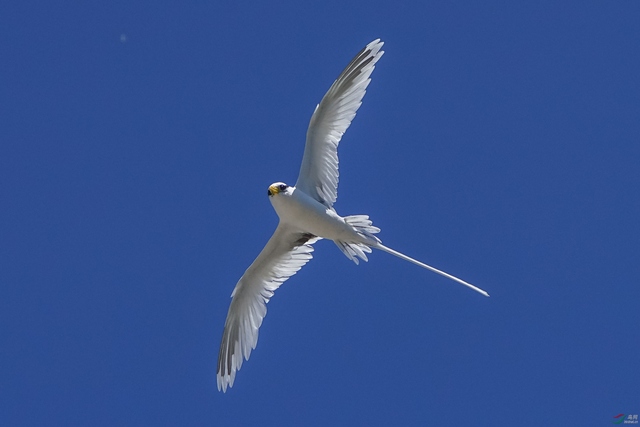
Phaethon lepturus
Phaethon lepturus、White-tailed Tropicbird, Long-tailed tropicbird
White-tailed grebe (scientific name: Phaethon lepturus) is a bird of the gen···
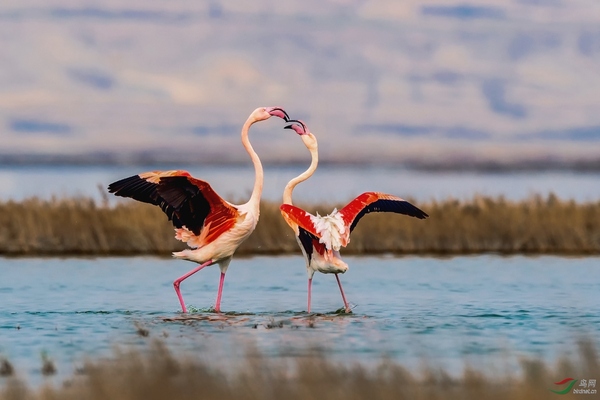
Phoenicopterus roseus
Phoenicopterus roseus,
The Greater Flamingo is a genus of Flamingo in the order Phoenicopteridae, c···
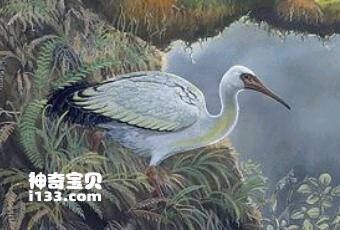
Threskiornis solitarius
Threskiornis solitarius
The Reunion pigeon (Threskiornis solitarius), also known as the Reunion dodo···
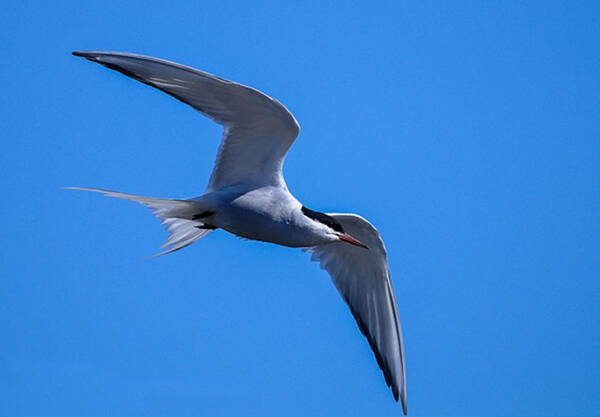
Sterna paradisaea
Arctic Tern ,Sterna paradisaea
The Arctic tern is a seabird belonging to the tern genus. It is medium-sized···
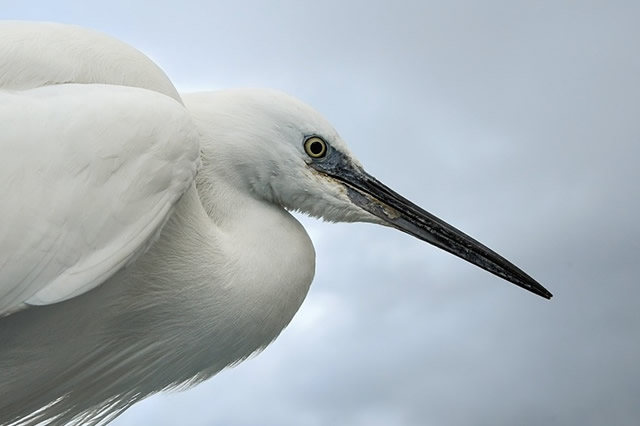
Egretta garzetta
Egretta garzetta,Great Egret, Middle Egret, Little Egret, Yellow-billed Egret
Egrets are a general term for medium-sized wading birds of the genus Egretta···
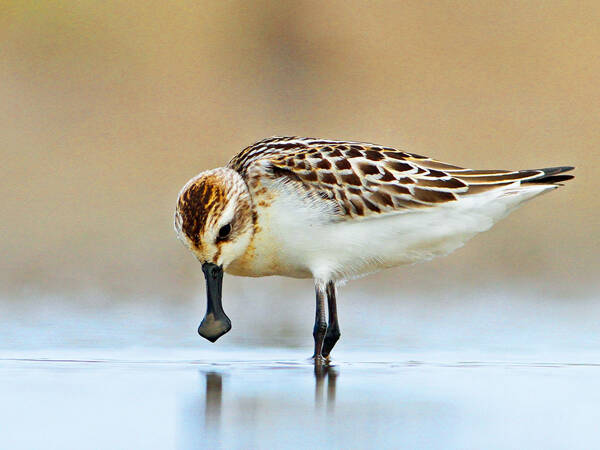
Calidris pygmaea
Calidris pygmaea,Shoveler,Spoon-billed Sandpiper
Spoon-billed Sandpiper breeds in the tundra, and is more common in coastal w···
